Fully Modulated
Fully Modulated is your backstage pass to the stories and signals that shaped radio, TV, and wireless communication. Join Tyler, a broadcast engineer, as he uncovers the wild moments, quirky legends, and technical breakthroughs that keep the world connected. From vintage radio hacks to the real drama behind today’s digital waves, each episode blends deep research, humor, and storytelling for anyone curious about how media magic happens. Independent, insightful, and made for every fan who loves a good broadcast mystery.
Fully Modulated
When Radio Stations Go Wild - The Art of Stunting
Ever tune into a radio station and hear the same song playing... for hours? That's called radio stunting, and it's one of the weirdest, most effective tricks in broadcasting history.
This episode digs into the crazy world of radio stunts - from a Louisiana governor who played an obscure song for almost 60 hours straight in 1955, to the California station that somehow found 823 different versions of "Louie Louie" to play back-to-back.
But the real story here is personal. Back in 1998, when I was 12 years old living in Tampa, this new station WLLD pulled off the most creative stunt I'd ever seen. They played Tone Loc's "Wild Thing" on repeat for two days while these fake DJs named Josh and Brian pretended to broadcast from a boat on Tampa Bay. I spent hours trying to call their "celly" but never got through - along with thousands of other people who got completely sucked into this elaborate hoax.
That stunt launched Tampa's first major hip-hop FM station and led to these massive concerts called "The Last Damn Show" that I actually went to. We're talking 14,000 people watching Eminem back when he was just starting to blow up.
You'll also hear about the Tampa rock station that played "Stairway to Heaven" for 24 hours straight (imagine being the intern who had to keep changing the CDs), plus how modern stations are still pulling these stunts but now they go viral on TikTok instead of just local news.
Some of these stunts made millions, others got stations in trouble with the FCC, and a few actually helped launch major music careers. They're basically the original way radio figured out how to "break the internet" decades before the internet even existed.
If you've ever wondered why radio can be so wonderfully weird, this episode explains it all.
Send me a text message with your thoughts, questions, or feedback
Visible Wireless by Verizon
Same Verizon coverage, way cheaper bills. No contracts or hidden fees. $20 off for both of us.
If you enjoyed the show, be sure to follow Fully Modulated and leave a rating and review on Apple Podcasts or your favorite podcast app—it really helps more people discover the show.
Fully Modulated is not affiliated with or endorsed by any station, media company, or network. All opinions are solely my own.
Fully Modulated Podcast Transcript: "When Radio Stations Go Wild - The Art of Stunting"
Hey there, and welcome back to Fully Modulated, the podcast all about radio history and the wild stories behind the airwaves. I'm Tyler, and just a quick reminder - I'm not connected to any radio stations or broadcasting companies, so we can dig into all the crazy stuff without any corporate filter.
So today we're talking about something that's been happening in radio for decades, but most people don't even know it has a name. It's called "stunting," and no, it's not about jumping motorcycles over school buses. Radio stunting is when stations completely flip the script on their normal programming to mess with listeners' heads and generate massive buzz.
Picture this - you're driving to work, you tune into your favorite rock station, and instead of the morning show, all you hear is the same song playing over and over and over again. For hours. Sometimes for days. That's stunting, and it's one of radio's most powerful weapons for grabbing attention.
The whole stunting thing started way back in 1955 in New Orleans. There was this station, WNOE-AM, owned by a guy named James Noe - who, get this, was actually a former Louisiana Governor. On Valentine's Day 1955, this guy decides to launch his station's new 24-hour format by playing one song for almost 59 hours straight.
And not just any song - it was this completely obscure tune called "Shtiggy Boom" by a group called The Nuggets. Can you imagine? You wake up, it's "Shtiggy Boom." You drive to work, still "Shtiggy Boom." You come home for dinner, yep, more "Shtiggy Boom." For two and a half days!
But here's the crazy part - it worked. The stunt made national headlines, including Time magazine. People couldn't stop talking about this weird little radio station in New Orleans that had apparently lost its mind. And that's when radio programmers everywhere realized they'd stumbled onto something huge.
The 1960s is when things really got wild. You had DJs like Joey Reynolds up in Hartford who literally locked himself in the studio and played The Four Seasons' "Sherry" on repeat until police showed up because of all the hysteria it was causing. Reynolds got fired, but the stunt helped launch The Four Seasons' career and basically invented what we now call "shock jock" radio.
Then you had Bob Fass at WBAI in New York doing these insane marathon sessions where he'd loop songs like Arlo Guthrie's "Alice's Restaurant" and tell listeners he wouldn't stop playing it until they donated enough money. It was like musical torture for charity, and people loved it.
But the most legendary stunt of the early era? That's gotta be KFJC's "Maximum Louie Louie" marathon in 1983.
These guys in California played 823 different versions of "Louie Louie" over 63 hours. Not the same recording - 823 different versions! They had Richard Berry, who wrote the song, and Jack Ely from The Kingsmen in the studio - and get this, it was the first time the songwriter and the most famous performer had ever met. The Wall Street Journal put it on the front page. Entertainment Tonight covered it. It was absolutely bonkers.
Now here's where it gets personal, because I've got a story about one of the most creative radio stunts I've ever heard of, and it happened back when I was growing up in Florida.
Back in May 1998, there was this new station launching in Tampa - WLLD at 98.7 FM. But instead of just flipping the switch and starting regular programming, they did something completely different. They started playing Tone Loc's "Wild Thing" on repeat, just like those old stunts from the '50s and '60s. And honestly, I'd love to play you a sample of that song right now, but you know how it is - those pesky copyright goblins would probably flag this episode faster than you can say "funky cold medina." So you'll just have to use your imagination for the late-80s hip-hop goodness that was driving Tampa Bay absolutely wild.
But they added this whole crazy backstory to the song loop. And here's the thing about radio stunts like this - the business stakes were absolutely massive. When you flip formats or launch a new station, you're basically gambling millions of dollars on whether people will stick around long enough to figure out what you're doing. Radio stations live and die by ratings periods, and if you lose listeners during a format change, it can take years to get them back - if you ever do.
So stations had to make these stunts compelling enough that people wouldn't just tune away in confusion. WLLD's solution was genius - they created this whole fictional world.
See, they created these fictional characters named Josh and Brian who claimed they were broadcasting from Josh's dad's boat somewhere out on Tampa Bay. These guys sounded like total slackers - think Beavis and Butt-Head meets pirate radio. They're going "Dude! We're broadcasting from the boat, man! Tampa Bay rocks! Chicks are swooning!"
For two straight days, it was nothing but "Wild Thing" and these fake drunk guys pretending to broadcast from a boat, taking "requests" over CB radio. The whole thing was completely made up - they were actually broadcasting from a regular transmitter facility about 30 miles southeast of Tampa. But listeners bought into the story completely.
They gave out this phone number they called "the celly" - 568-0987 - and people were calling like crazy trying to figure out what was going on. I was 12 years old at the time, and I remember trying to call that number over and over, but I never got through - it was constantly busy. I didn't have a CB radio to try that route either, but man, I wanted to be part of whatever this weird thing was happening on the radio.
And I wasn't alone. When they finally started giving out bumper stickers at Tyrone Square Mall in St. Petersburg, 500 cars jammed the parking lot. The Tampa Bay Times talked to people in that crowd, and it was this amazing mix - you had 19-year-old Sean Holder, you had Patsy Martin bringing her 7 and 9-year-old kids in a minivan saying "It's the buzz with the younger crowd." Tyler Peterson, who was 21, told the paper that kids were into "The beat, the domp, domp, domp."
What's crazy is that most of these listeners were young and white, which completely blew up the radio industry's assumptions about hip-hop audiences. Other broadcasters had avoided starting an FM hip-hop station in Tampa Bay because they thought "black artists would attract only black listeners, and that the audience would be too small to attract advertisers." But as the Times put it, "Josh and Brian have crushed that perception, like a beer can against the forehead."
What I love about this stunt is how creative it was on probably a tiny budget. Instead of spending millions on advertising like the big corporate stations, they just created this compelling mystery that had everyone talking. The pirate radio angle tapped into something rebellious and authentic that people wanted to be part of.
So after two days of "Wild Thing" and the fake boat show, WLLD flipped to become "WiLD 98.7" - Tampa's first major FM station dedicated to hip-hop music. And it worked incredibly well. The station operated profitably for over 11 years, hosting these huge annual concerts that drew tens of thousands of people.
The concert was called "The Last Damn Show" - it got that name because the first one was in 1999, right before Y2K, so it was supposedly the "last damn show" before the world ended. I actually went to a few of these shows, and man, they were massive. We're talking 14,000 people packed into what's now the Amalie Arena. The 1999 show had Eminem, Busta Rhymes, Destiny's Child - this was when Eminem was just starting to blow up, way before he was the household name he became.
But here's a wild footnote to that story - WLLD actually got in trouble with the FCC because they broadcast the whole concert live from 6 to 11 PM without censoring any of the explicit lyrics. The Florida Family Association filed a complaint, and the station ended up paying a $7,000 fine. But you know what? That probably just made the station even cooler in the eyes of their target audience.
The business outcome was amazing too. The station ended up being so successful that when CBS Radio finally sold it in 2014, it was part of a deal worth over $50 million. Not bad for something that started with two days of Tone Loc and some guys pretending to broadcast from a boat!
But that wasn't the only epic radio stunt happening in Tampa Bay around that time. Just a few years earlier, in December 1989, there was this classic rock station called WKRL at 97.9 FM that pulled off something absolutely insane. On December 30th, they went silent for a bit, and then "Stairway to Heaven" started playing. And it just kept playing. For 24 hours straight.
Can you imagine? The same eight-minute song, over and over, for an entire day. Then on New Year's Eve 1989, they announced they were becoming the country's first all-Led Zeppelin format station. Nothing but Zeppelin - their entire catalog, solo projects, everything.
The media went crazy trying to figure out how long this could possibly last, since all of Zeppelin's studio recordings at the time added up to less than 10 hours of music. And think about the technical nightmare this was - this is 1989, way before everything was digital. Someone literally had to sit in that studio, manually changing CDs or tapes, cueing up the next "Stairway to Heaven" over and over again. Imagine being the intern who got stuck with that job!
The station started sneaking in a few other classic rock acts like Pink Floyd and Van Halen to fill time, but it was basically the Zeppelin show for two weeks.
Finally, on January 18, 1990, with AC/DC's "Hells Bells" playing in the background, they announced the station was changing its call letters to WXTB and relaunching as "98 Rock." And you know what? It worked. That station is still on the air today as one of Tampa Bay's most successful rock stations.
So Tampa Bay in the late '80s and '90s was this incredible laboratory for radio stunting - you had the Zeppelin marathon, then the pirate boat hip-hop launch, all happening in the same market within a few years of each other.
Now you might be thinking, "That's all cool history, Tyler, but does anyone still do this stuff?" And the answer is absolutely yes, but it's evolved.
Modern radio stunts have to work in a world of social media, streaming, and instant information. When a station pulls a stunt now, people are immediately posting about it on Twitter, TikTok, Instagram. The mystery doesn't last as long, but the viral potential is way bigger.
And that's the crazy thing - radio stunts were basically the original way to "go viral" before we even had that concept. Think about it: you're creating this mysterious, shareable moment that people can't stop talking about. Back in the '90s, if you heard something weird on the radio, you had to call your friends, talk about it at school or work, maybe write a letter to the newspaper. Now someone would just post a TikTok that says "This radio station has been playing the same song for 6 hours" and it'd have a million views by dinner.
You've got stations that still do the classic song loops - there was one in San Francisco a few years back that played Nelly's "Hot in Herre" for three straight days and got #nelly1057 trending on Twitter. But now stations also create elaborate fake websites, social media personas, even augmented reality experiences as part of their stunts.
The business reasons are still the same though. Radio stations use stunts when they're changing formats, getting new owners, or trying to break through in crowded markets. It's about creating a moment that cuts through all the noise and forces people to pay attention.
Of course, not all stunts go well. There have been some really tragic examples where stations pushed too far - contest stunts that led to people getting hurt, fake emergency broadcasts that caused panic, prank calls that had serious consequences. The FCC has had to step in with fines and regulations because some stations crossed lines they shouldn't have crossed.
But when it's done right, radio stunting is this perfect example of how creative storytelling can build genuine audience connection. Those listeners who lived through the WLLD boat stunt probably still remember exactly where they were when they first heard "Wild Thing" playing for the hundredth time and those crazy guys talking about broadcasting from Tampa Bay.
So that's radio stunting - from "Shtiggy Boom" in 1955 to fake pirate broadcasts in Tampa Bay to whatever wild stuff stations are cooking up right now. It's proof that even in our digital age, radio still has this unique power to create shared experiences and cultural moments that bring communities together.
The next time you're scanning the radio dial and hear something completely weird - the same song playing over and over, mysterious voices, or programming that makes no sense - don't just tune away. You might be witnessing broadcast history in the making.
That's all for this episode of Fully Modulated. If you enjoyed learning about radio stunting and want to help the show grow, I'd really appreciate it if you could follow us on your podcast app and leave a rating or review on Apple Podcasts or Spotify. Those reviews actually help new listeners find the show.
Share this episode with anyone who loves radio history or weird media stories - trust me, they'll dig it. And if you've got your own radio stunt memories or stories, shoot me an email at tyler@fullymodulated.com. I love hearing from listeners.
And here's a fun question for you - if you had to pick one song to play on repeat for 24 hours straight, what would it be? What song could you handle hearing 180 times in a row? Email me your answers - I'm genuinely curious what would drive people the least crazy. My guess is it'd have to be something either really simple or really complex, but I could be totally wrong.
You can also find us on social media - we're @fullymodulated on Facebook and @fullymodulatedpod on Instagram.
Thanks for tuning in to Fully Modulated, where we explore the fascinating history behind the airwaves. Until next time, keep those dials spinning and those frequencies clear.
Podcasts we love
Check out these other fine podcasts recommended by us, not an algorithm.
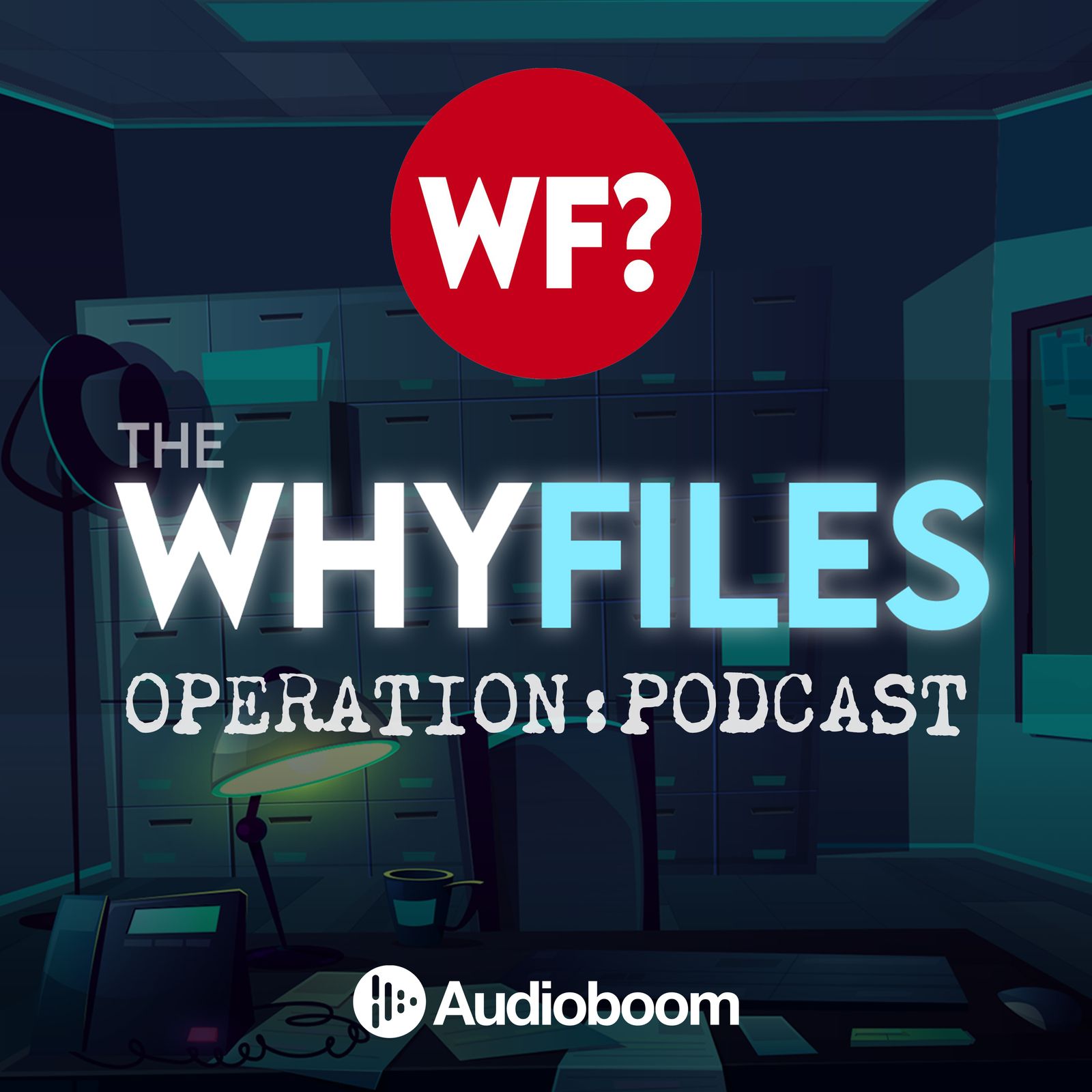
The Why Files: Operation Podcast
The Why Files: Operation Podcast
Sightings
REVERB | QCODE
This Week In Radio Tech (TWiRT)
guysfromqueens
The Ezra Klein Show
New York Times Opinion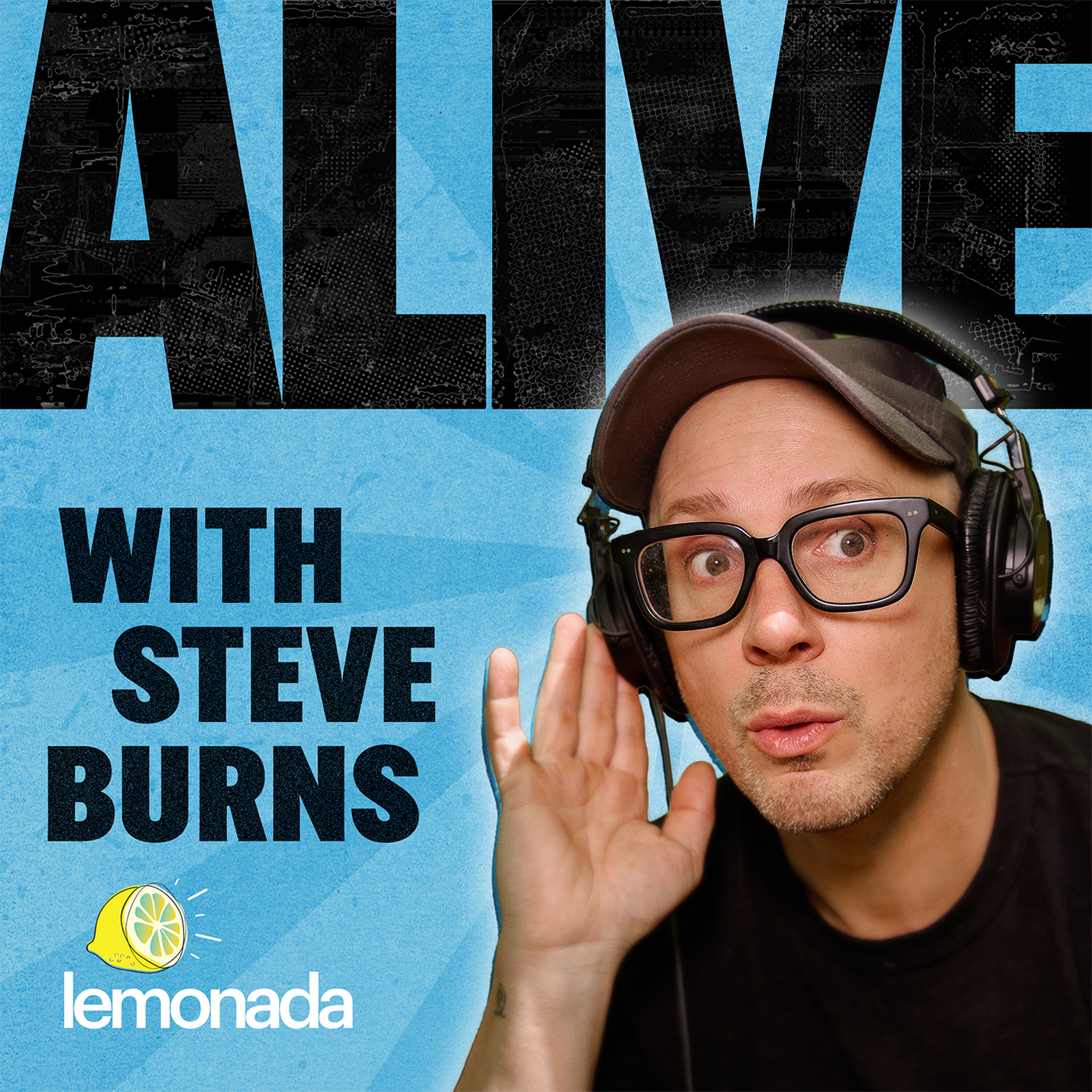
Alive with Steve Burns
Lemonada Media
Friends Who Pretend
Chris Bryant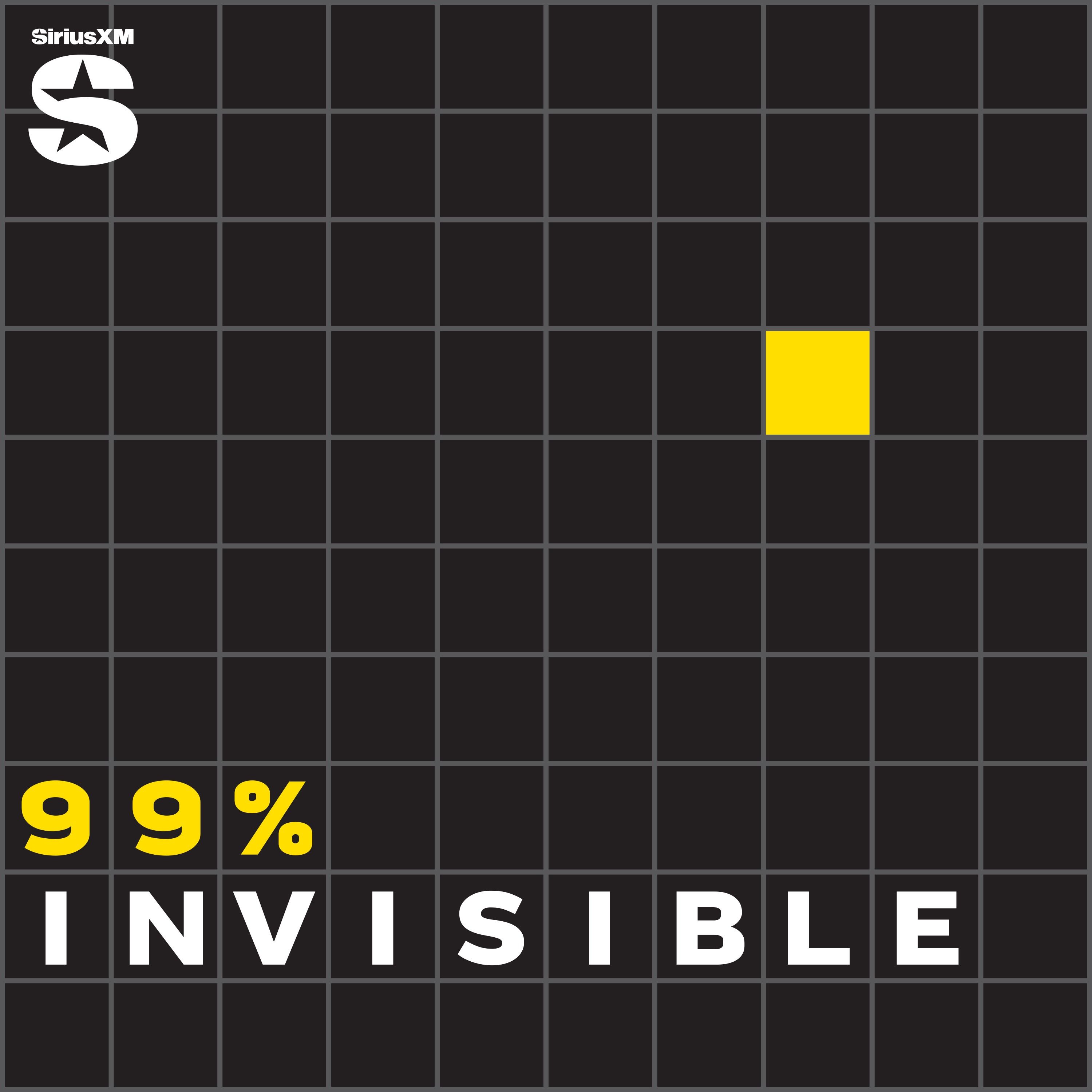
99% Invisible
Roman Mars
Hard Fork
The New York Times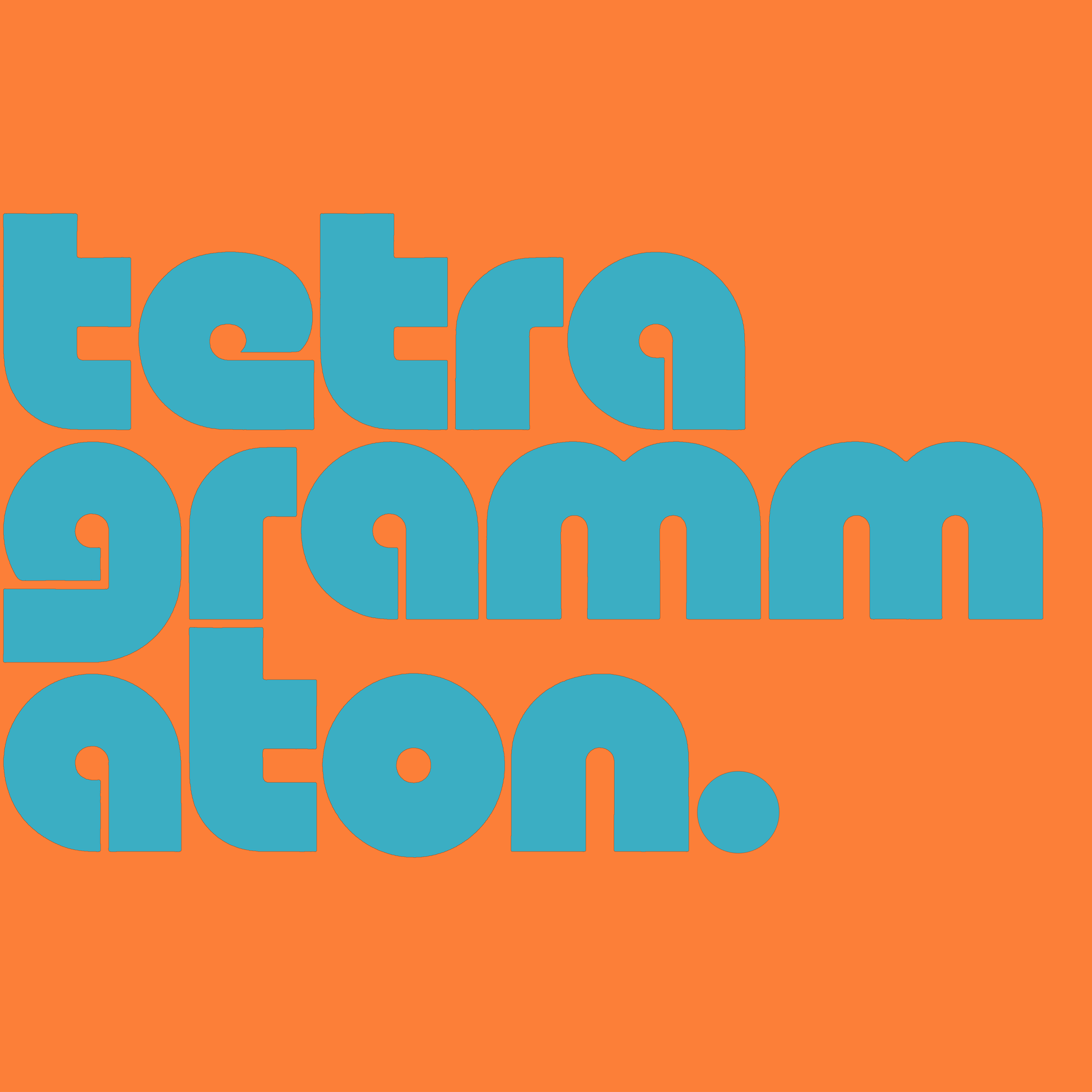
Tetragrammaton with Rick Rubin
Rick Rubin
The 404 Media Podcast
404 Media
The Daily
The New York Times
Honestly with Bari Weiss
The Free Press
Search Engine
PJ Vogt
Pod Save America
Crooked Media
Danny Jones Podcast
Danny Jones | QCODE
Darknet Diaries
Jack Rhysider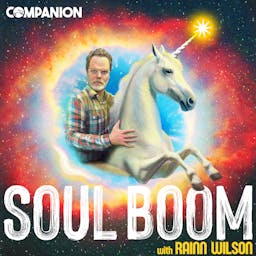
Soul Boom
Rainn Wilson
